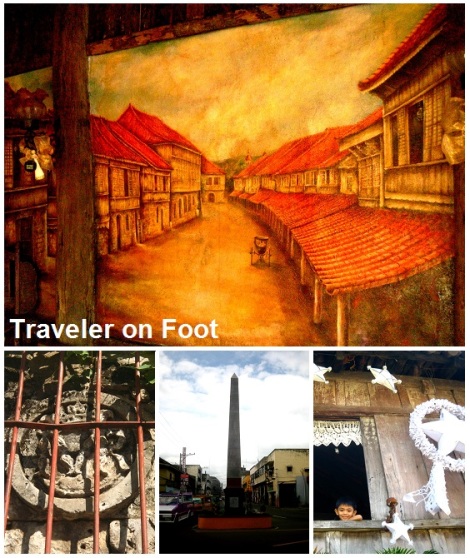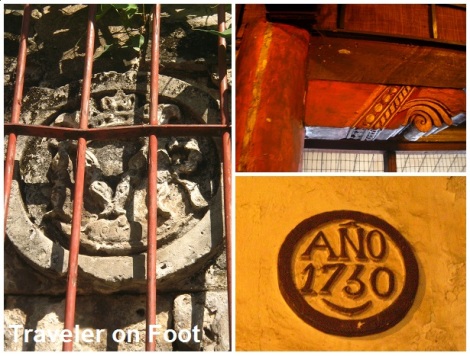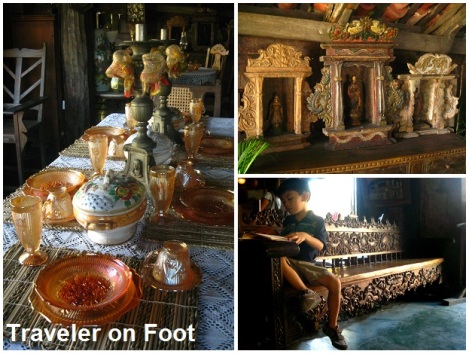CEBU HERITAGE WALK (CONT.). The Parian of Cebu is one of the several parians in the Philippines, scholar Resil Mojares explains. Just like Binondo and San Nicholas District of old Manila, it started as a Chinese ghetto located across an estuary on the north side of the Spanish Quarters in the 16th century. The commercial boom of the nineteenth century transformed Parian’s identity into a market and trading center. By the twentieth century, it became a genteel district where Cebu’s founding families dwelled. Clustered within the district were the tiled-roof ancestral houses where “lavish cenas and tertulias were once held. Parian was the center of social life of the buena sociedad cebuana.”
We continued the second leg of our Cebu Heritage Walk in this district that is slowly reviving its genteel and affluent past. Passing the Calle Colon Obelisk, we walked towards the Heritage of Cebu Monument.
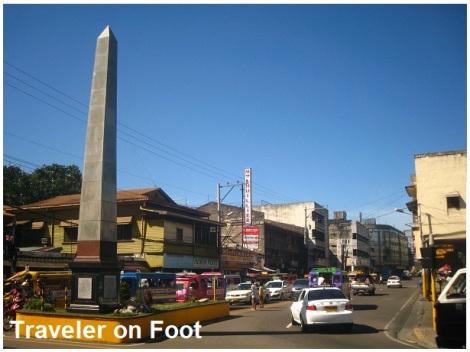
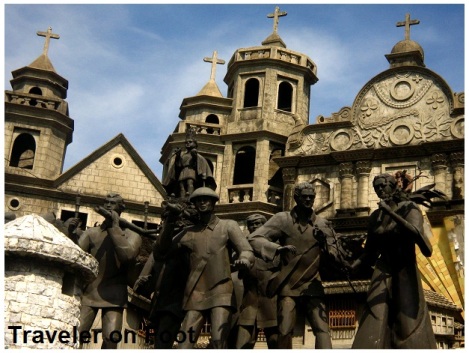
CALLE COLON. Named after the navigator the Italian explorer Christopher Columbus (Cristobal Colon), Calle Colon was established by the Spaniards in 1565. An obelisk was erected on the street’s northern end by the National Historical Institute along with various markers detailing the historical and cultural significance of the oldest street in the Philippines.
The Heritage of Cebu Monument is a colossal bronze tableau commissioned by artist Eduardo Castrillo in 1997. It depicts events in Cebu history and how life in the old Parian once gravitated around the opulent and stately Parian Church that was fronting the tree-shaded triangular plaza where the monument stands today. The present Pari-an Fire Station was built on the foundations of the church’s convento and a small chapel marks the spot of the old church.
JESUIT HOUSE OF 1730. We entered Zulueta Street at the corner and walked further down the narrow alley searching for one of the oldest structures in Parian called the Jesuit House of 1730. Think we are lost, we went back to Mabini Street to ask around.
We were directed to a breach on a high concrete wall along Zulueta Street that opened to the warehouse of Ho Tong Hardware where we met Jimmy Sy. Before Jimmy’s father Don Nicanor Sy acquired the property in the mid-1960s, the Jesuit house belongs to Don Jose Alvarez. No major change was made by the Alvarez, leaving some of the architectural details of the period intact.
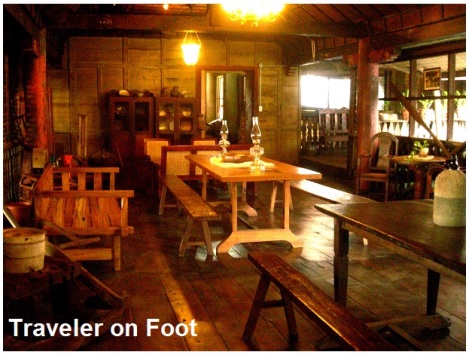
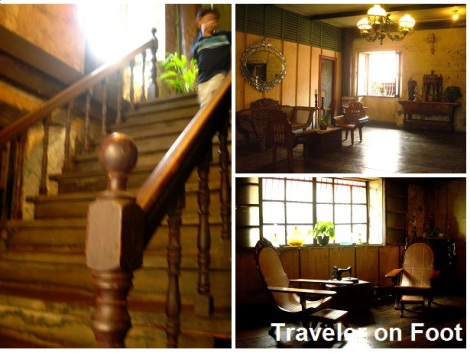
MISSION HOUSE. According to Jimmy, the Jesuits built the mission house employing Chinese artisans from Manila. Proof can be traced in the craftmanship rendered in the post supporting the azotea roof.
We entered the sala mayor where an ensemble of period furniture transported us back in time. Most of the antique furnishings are part of Jimmy’s collection while some were lend to him by friends. In essence, they are meant to recreate the period when the Jesuits used the house to periodically meet up with fellow missionaries and get the needed recuperation when they get ill during their missions.
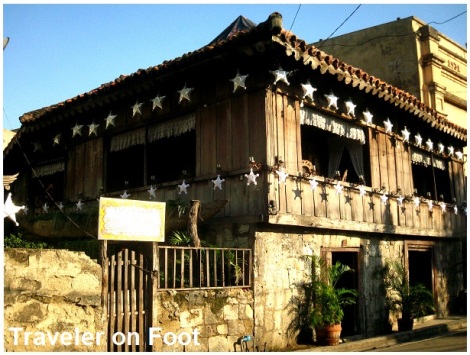
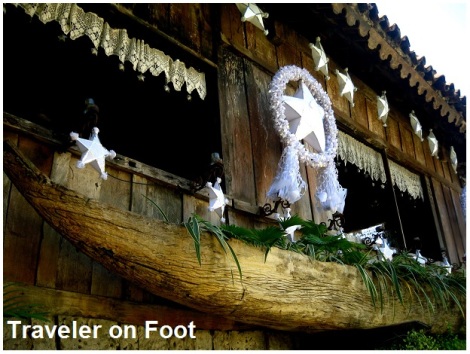
YAP-SANDIEGO HOUSE. Restoring the ancestral houses to showcase Parian’s heritage is being well attended, but by far by fewer people who are financially endowed like Jimmy Sy and by those with extreme passion for heritage preservation like Val Sandiego, whose battle cry “let us all help restore the glorious past of Parian!” Committed to his vow, Val restored his ancestors’ 300 year old house located at the corner of Mabini and Lopez Jaena Streets.
The Yap-Sandiego House was first owned by Don Juan Yap, a Chinese merchant and his wife Doña Maria Florido. In the 1880’s, their oldest daughter married Obando native Don Mariano San Diego, who was then Parian’s cabeza de barangay. The house served as a boarding house before it was handed over to art collector and dance artist Val San Diego.
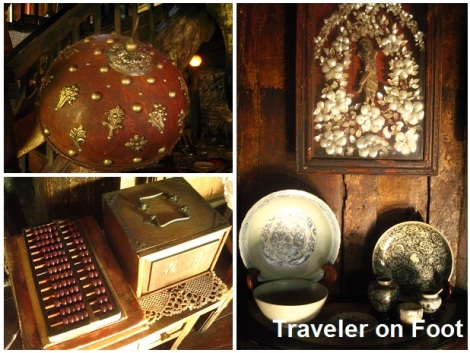
VAL’S VISION. The Yap-Sandiego ancestral house is much older than the Jesuit House of 1730. According to Val, it was built sometime between 1675 and 1700. However, despite being over 300 years old, it still has a lot of its original configurations.
Being art collectors and heritage enthusiasts ourselves, we envied how Val has creatively put together the artworks, furniture and the antique pieces to recreate the lifestyle of his ancestors and unselfishly showcase his heritage collection for the public to see and learn from -a noble effort that is blending into Val’s vision to create a new-old town of his ancestors.
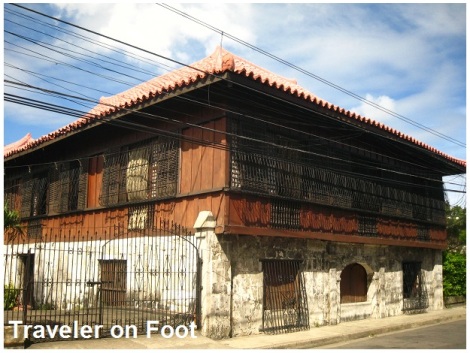
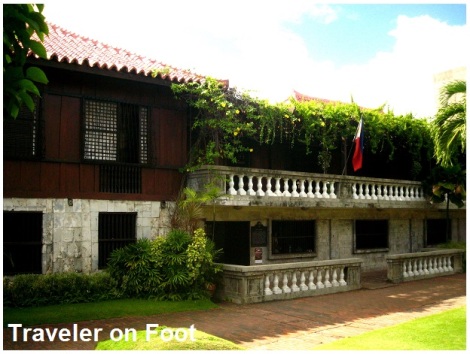
CASA GORORDO. The grandest and most accomplished restoration job in the Cebu’s Parian district has to be the Casa Gorordo Museum along Lopez Jaena Street.
Built in the mid-19th century, the house originally belonged to the Gorordo family whose most illustrious member was Cebu’s first bishop Juan Gorordo. The bishop’s villa was restored in 1985 as Casa Gorordo under the Ramon Aboitiz Foundation. Architect Augusto Villalon revived the traditions of the bahay-na-bato of having a stone-walled ground floor, second floor living quarters and the clay-tiles patio running the length of the house beside the family quarters.
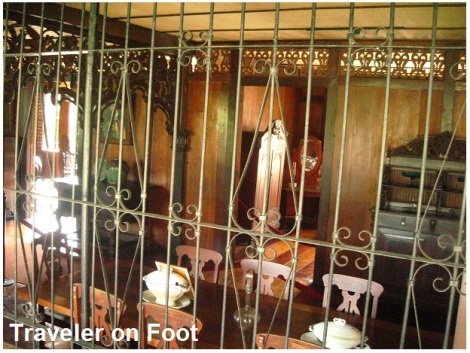
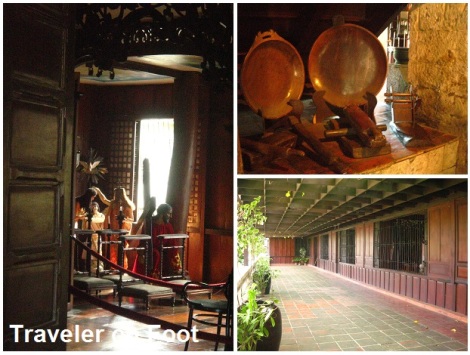
ILUSTRADO HOME. Each room in the house was embellished with antique furniture and furnishings mostly from the Gorordo family while other pieces were acquired from the Luzon and the Visayan regions. The collection in general reflects a 19th century ilustrado home. But architect Villalon explains that, ilustrado is not synonymous to patrician wealth. In fact, the house is relatively small in scale and modest in design compared to other ilustrado houses of that era which are larger and more ornate. The Casa Gorordo is a simple house reflective of the Cebuano values of frugality and humility.
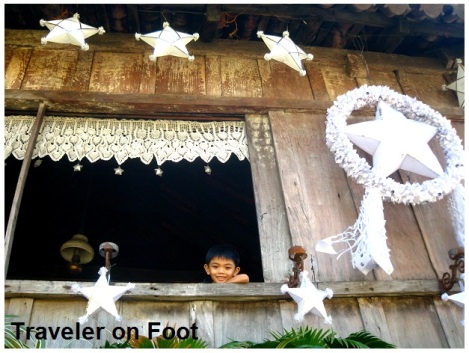
EPILOGUE. Parian of my younger days is gone, writes old time Parian resident Concepcion Gantuangco Briones in her memoirs Life in the Old Parian. It has been decades ago when most of the old families of Parian have relocated leaving their ancestral houses and their Parian way of living. But its current residents like hardware owner Jimmy Sy, choreographer Val Sandiego, and groups like the Ramon Aboitiz Foundation who are revitalizing Cebu’s Parian District may eventually resolve this complaint.
